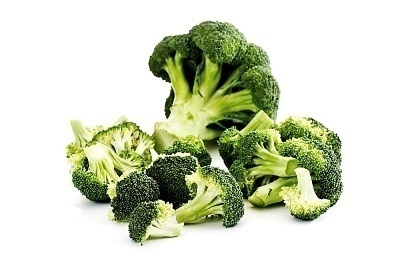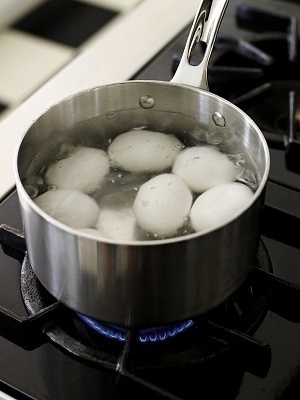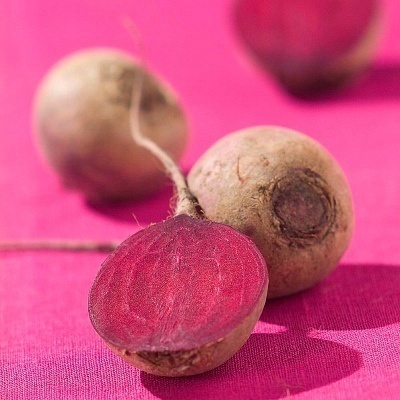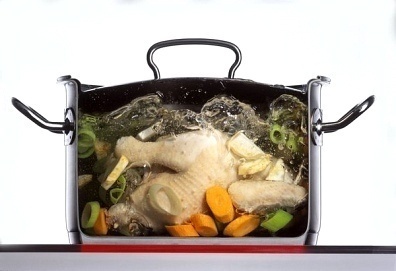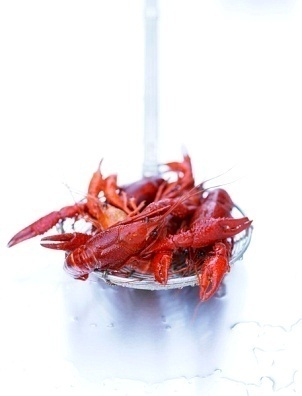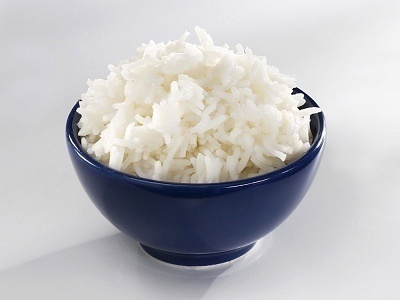How to Boil Corn
Corn is a favorite summer food. It is very flavorful and delicious whichever way you cook it – either boiled or grilled or whatever. The most basic way of cooking – and enjoying – corn is through boiling it. However, you must learn the right way to do it. That’s why we will give you a guideline and some tips and tricks. But before all that, we will give you some basic knowledge about corn, including how to tell if you have picked the fresh ones.
Corn 101
Corn is a vegetable, yellow gold in color, and has a milky inside when fresh. It varies in size. There are also different varieties of corn available in different parts of the world.
Cooking the best-tasting corn lies on how you choose the freshest ear. Picking a ripe ear of corn from your own garden is best. But since not everyone can have a backyard garden of corn, it is a must that you know how to tell that the ones available in your local market is fresh at first sight. Here is a guideline:
* Fresh corn has husks that are bright green. The husk is the outer green cover of the ear.
* Fresh corn has husks that are snugly fitted around the ear.
* Fresh corn has kernels that are in tight rows. They should be milky and plump.
In case you are picking corn from the market and it has the husk on, it is okay to peel off the husk and check if the ear looks ok. You should check for any sign of infestation. You should also check the texture and the color.
After picking the corn, there is another challenge that you have to face before you are able to cook it. That is, husking the corn to reveal the yellow gold ear.
It is advisable that you husk your corn right before you are putting it onto the pot to boil. You must peel back the husk as well as the silk or the hairy thread that you will find just under the silk. To be able to remove the silk completely and easily, you may wet a paper towel and wipe the corn with it so the hairy threads come off.
How to Boil Corn
How to boil corn is pretty easy. All that you will need is a pot with enough water that will be able to cover the corn. You may need a little sugar to add to the water to make your corn taste better. Here is a step-by-step guideline:
Step 1: Prepare a pot with enough water that will be able to cover the ears of corn you are ready to boil.
Step 2: You may add a little sugar to taste. But you may also allow the corn’s original flavor to come out.
Step 3: Allow the water to boil before you put the ears of corn in. Do not lower the heat even after you put the corn. Let it boil in high heat.
Step 4: After a few minutes, your corn is ready.
People have different tastes. That would be the basis on how long one would boil a corn. Some would want to leave their corn on high heat for 3-4 minutes; others would like to cook it for far longer, up to ten minutes so the kernels would be softer.
Corn boiled for less than three minutes would have crisp and fresh kernels. If you want softer kernels, you would want to cook it a little longer. The best tip is not to overcook your corn. It will dry out quickly if it is overcooked.
On the issue of adding salt to the boiling water where you will submerge your corn, some people believe that adding salt will toughen your corn. That’s why they choose to just season their corn when it is already cooked.
Sweeten the Deal
There are a variety of ways you could serve boiled corn.
People like serving it in swimming parties. Since corn harvests are in bloom during the summer, there would be an abundant supply just in time when people are usually outdoors having fun.
Corn is also very easy to cook, very easy to pack, and you would not have problems bringing them in for a quick sweet snack. It is also a favorite street food. A lot of countries offer corn for snacks. They serve it either on the cob or just kernels.
Corn is seasoned in many different ways. Some people like to roll it in butter and sprinkled in salt; Some, would spread butter with a knife and then sprinkle the freshly boiled corn with salt, pepper, and other seasonings. If you are conscious about your health, you may choose to rub lime wedges onto your corn on the cob instead and then sprinkle it with some salt for a nonfat alternative that tastes fairly delicious just the same.


